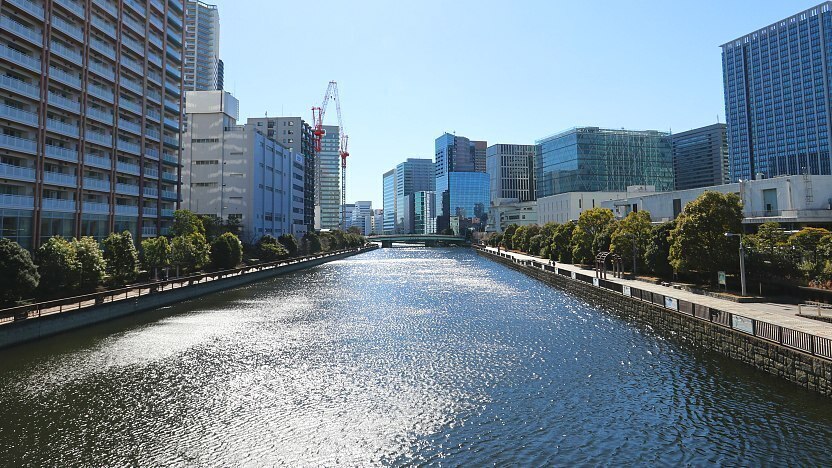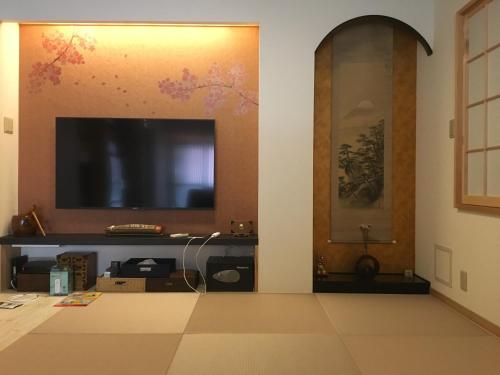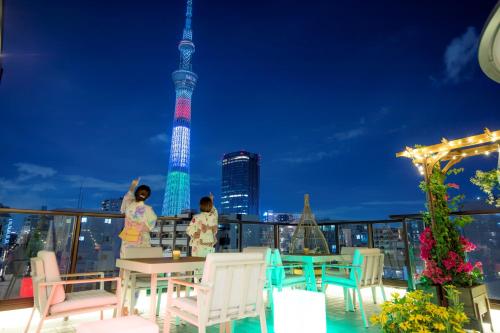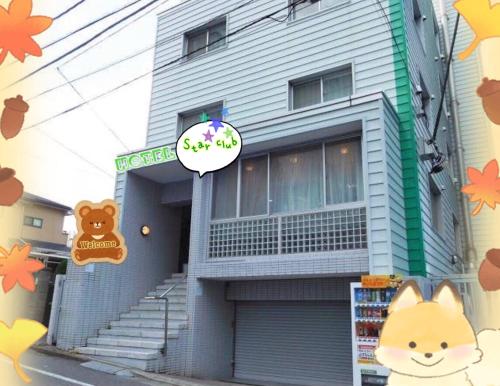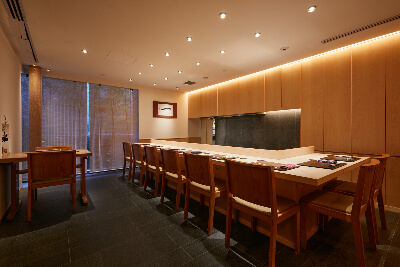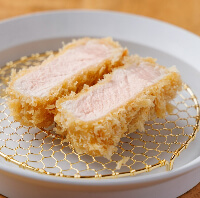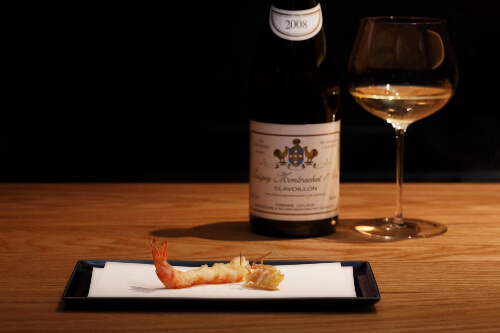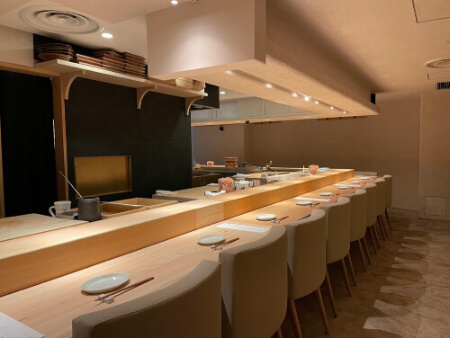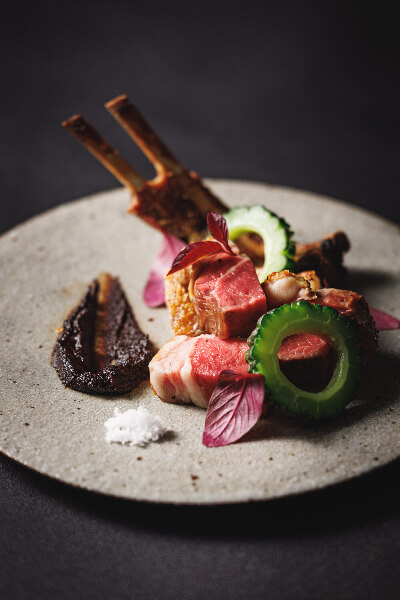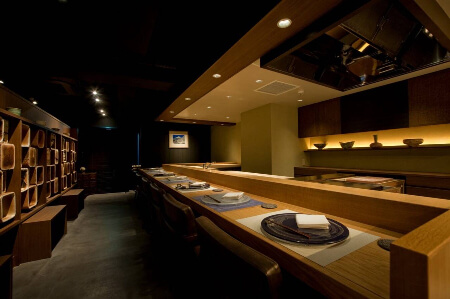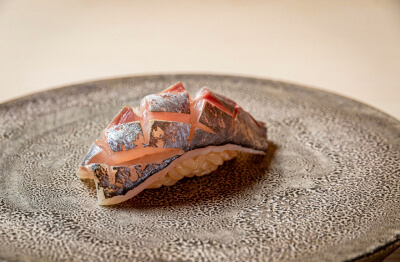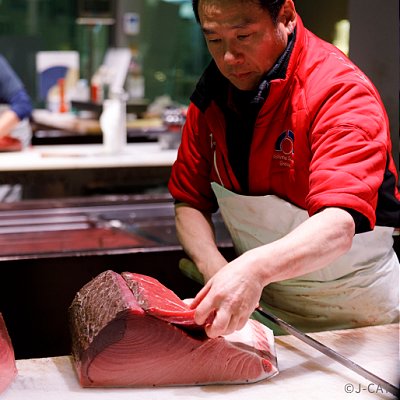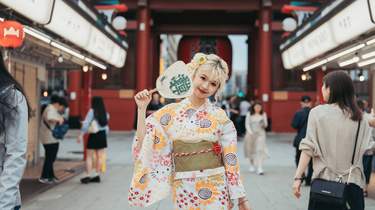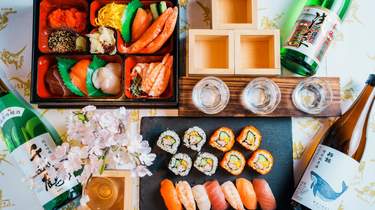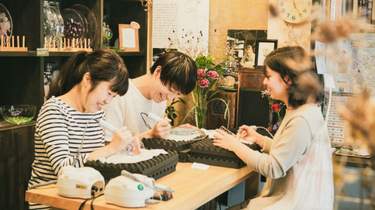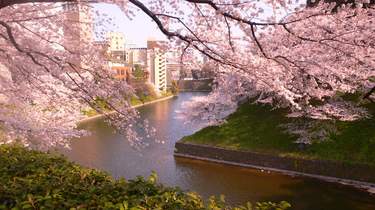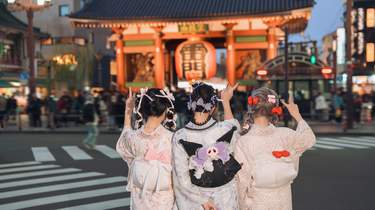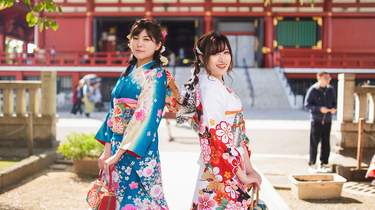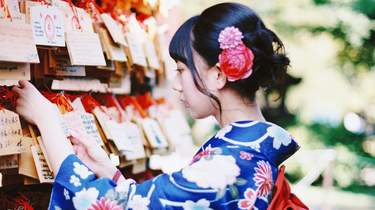Start
Start at Shinagawa Station
Walk
10 minutes
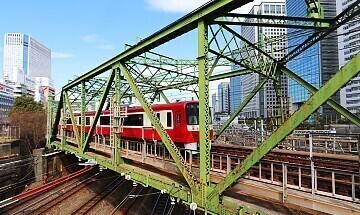
Yatsuyama Bridge
First built in 1872 and since rebuilt three times, this industrial-looking bridge is known for interesting views over the train tracks towards central Tokyo, and for its on-screen destruction early in the original Godzilla movie. At the southeastern end, a curious stone lamp post still remains from the original structure.
Walk
2 minutes
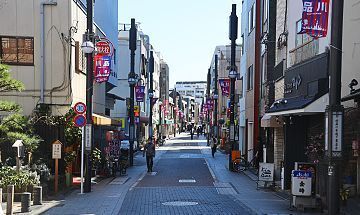
Kyu-Tokaido
Before the days of mass transit, Japan's major cities were connected by just a handful of major highways. The most important of them, the Tokaido, connected Edo - today Tokyo - with the former capital of Kyoto, and Shinagawa served as the first of 53 post towns along the route. Although modernized, the former highway retains a little bit of a historical vibe.
Walk
5 minutes
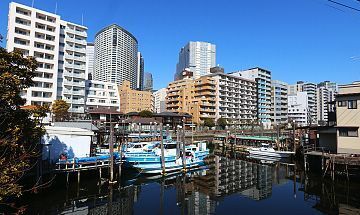
Shinagawa Ura
During the Edo Period (1603-1868), this sheltered harbor was the center of a thriving fish and seaweed industry for which the area was well known. Today, it serves as a private mooring for fishing and pleasure boats, creating an interesting contrast with the surrounding buildings.
Walk
10 minutes
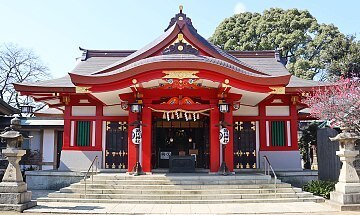
Shinagawa Shrine
This pleasant shrine dates to the end of the Heian Period (710-1185) and is notable for its Fujizuka mound - the largest in the Tokyo area - believed to bestow the same sacred benefits as climbing Mount Fuji itself. It is also one of ten shrines said to form a protective circle around the Imperial Palace.
Walk
5 minutes
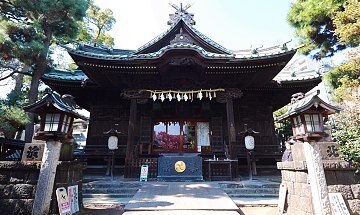
Ebara Shrine
Tucked away in a leafy spot beside the vermillion colored Chinju Bridge, this little shrine was founded in 709 and is known for its ornate design. In June, the shrine hosts a lively festival in which a mikoshi or sacred palanquin is carried through water, celebrating the community's historic links with fishing and whaling.
Walk
10 minutes
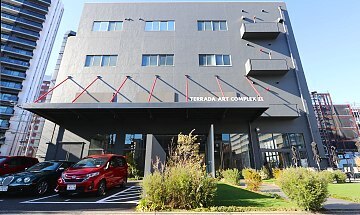
Terrada Art Complex
Spread across two warehouse buildings, this large art complex houses six of Tokyo's leading private galleries, each regularly hosting exhibitions that are usually open to the public. Visitors can also make a stop at the stylish ground floor cafe.
Walk
5 minutes
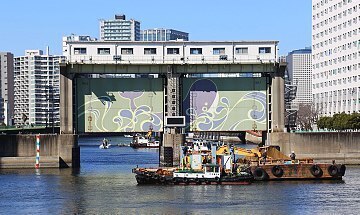
Shinagawa Whale by Sasaki Kyoko
Painted onto the sluice doors of the Meguro River Water Gate, this cheerful work references an incident in 1798 when local fishermen caught a large whale, creating something of a sensation and drawing many excited visitors including the shogun himself. As an added touch, the waves in the picture spell out the characters for 'Shinagawa'.
Walk
3 minutes
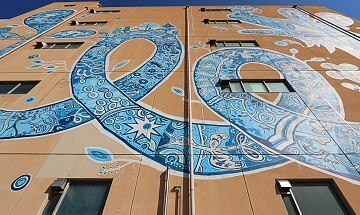
Going on forever by Asai Yusuke
This large mural, one of Tennozu Isle's most distinctive artworks, depicts a coiled, serpentlike creature symbolizing the life-giving power of water.
Walk
5 minutes
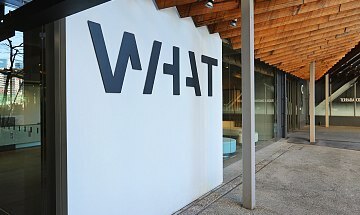
What Museum
Set within a large commercial art warehouse, this unique gallery regularly shows works by up-and-coming contemporary artists as well as highlights from private collections stored within the facility. Also worth a visit is the adjacent Archi-Depot museum, where hundreds of architectural models by students, architects and design firms are archived and displayed.
Walk
2 minutes
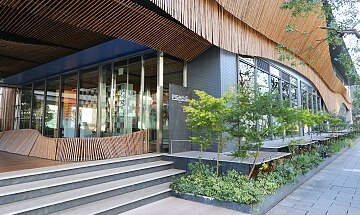
Pigment Tokyo
Featuring a bold design by superstar architect Kuma Kengo, this chic art supply store is best known for its eye-catching wall display of over 4,000 color pigments. Also in stock are a range of quality artist tools, from handmade brushes to hard-to-find traditional ink sticks.
Walk
1 minute
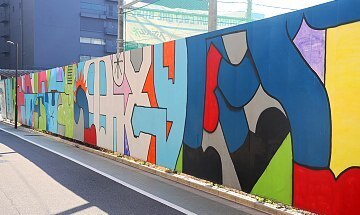
Tokyo/Tennoz by Diego
A large, lively mural painted onto a fence, this work depicts nearby sights and passing pedestrians in a style resembling graffiti letters.
Walk
1 minute

The Shamisen by ARYZ
Painted on the side of a Toyoko Inn multistory parking lot, this large and colorful mural depicts a young woman in traditional dress playing a shamisen. The artwork is said to be influenced by ukiyo-e prints and has become something of an unofficial symbol of Tennozu Isle.
Walk
1 minute
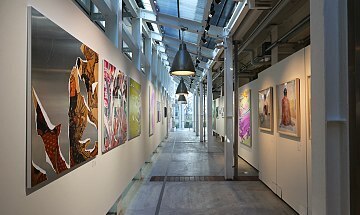
What Cafe
At once a spacious gallery dedicated to young contemporary artists and a stylish, reasonably priced cafe, this is a perfect spot to pause for lunch before continuing the walk. Entrance is free, and on sunny days customers can enjoy the view from the boardwalk outside.
Walk
3 minutes
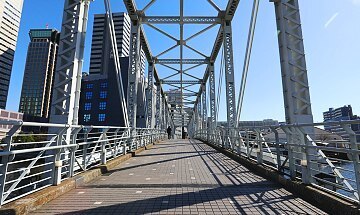
Tennozu Fureai Bridge
Completed in 1996 with the now rarely used pin-connected truss technique, this distinctive bridge is a common sight on TV dramas and commercials due to its graceful appearance and attractive surroundings. At night, the effect is heightened with a smart illumination.
Walk
1 minute
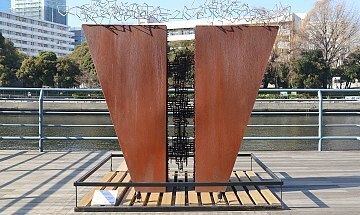
The Space Between by Hibi Kiyoshi
Said to represent mankind's use of and relationship with iron, the work comprises two pillars of textured iron, loosely connected by a floating wire mesh.
Walk
5 minutes
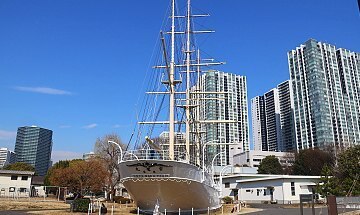
Unyo Maru
After 20 years of service as a training, survey and whaling vessel, this elegant ship was retired in 1929 and permanently landlocked within the Tokyo University of Marine Science and Technology's Shinagawa Campus in 1962.
Walk
3 minutes
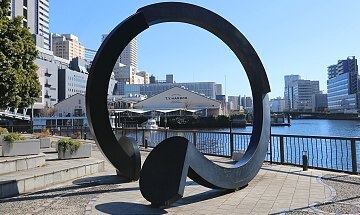
Tap by Ito Makoto
Installed in 1995, this large metal work somewhat resembles a pair of headphones, creating an interesting circular frame for the view back towards Tennozu Isle.
Walk
5 minutes
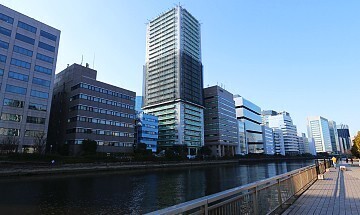
Canal Views
This section of the walk may be one of the longest, but it is also very scenic thanks to Shinagawa's broad canals and the row of modern, high rise buildings on the opposite bank.
Walk
30 minutes
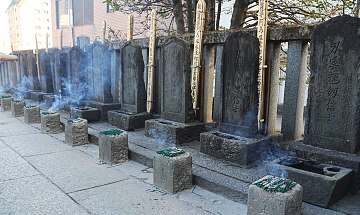
Sengakuji Temple
Sengakuji Temple is best known as the resting place of the 47 Ronin, who famously assassinated a feudal lord in revenge for causing the death of their own master. Visitors can view the graves and are presented with sticks of incense to light and place in their memory.
Walk
15 minutes
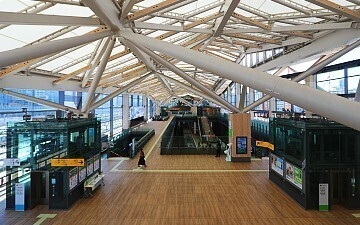
Takanawa Gateway
Another striking design by Kuma Kengo, Takanawa Gateway Station combines modern materials and techniques with a grand scale and open layout. Criss-crossed by metal supports, the floating roof is reminiscent of origami, while giant floor-to-ceiling windows open up the space to the surrounding cityscape.
Finish
Finish at Takanawa Gateway Station
